Join More Than 50,000+ Subscribers and get latest camera news and rumors
NEW CAMERA VIDEOS ON YOUTUBE
|
By admin, on December 22nd, 2023
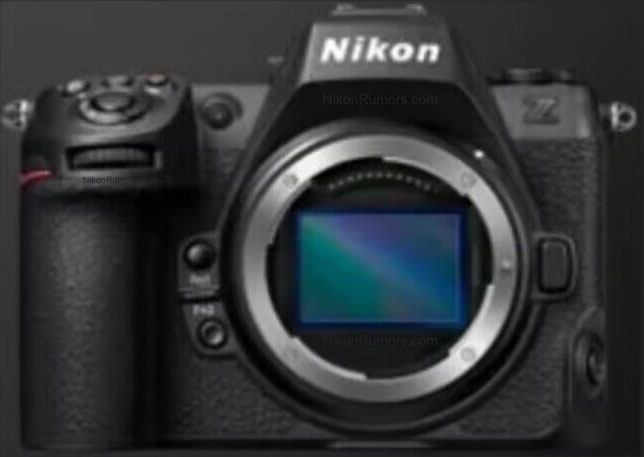
Family, we have the leaked specifications of the upcoming Nikon Z6 Mark III camera. As per rumors, the camera will have a new 24-megapixel full-frame CMOS sensor. One of the most important things that we have come to know right now is that it will feature 310 HYBRID AF points and will be able to capture 6K RAW and 4K @ 120fps videos.
Nikon Z6 Mark III specification Leaked
- 24.5 million pixels sensor
- Duo EXPEED 7 processors
- ISO 100-64,000
- 9 subjects detection AF(same as Z9)
- 310 single-point AF
- IBIS
- 6k30p, 4k120p N-Log/HLG internal video recording
- CFepress-B/XQC+SD card
- No N-Raw
- Better cooling design
From the set of spec it look like Nikon not only doubled the speed of the Nikon Z6 Mark III compared to its predecessor but also worked on the sensor readout speed has also been upgraded. That’s why we can grab 4K videos up to 120 frames per second in N-Log format, which was clearly impossible with any previous generation of the Z6 camera. The specs look very promising. Now, let’s wait to see further confirmation
Follow us on our social pages FACEBOOK | TWITTER | INSTAGRAM to get live news + Nikon Rumors 24X7
source NR.com
By admin, on December 21st, 2023

According to the latest news, a Canon R3 Mark II camera will likely be released sometime in 2025. Generally, in the past, Canon updated its flagship full-frame DSLRs every 4 years. Considering the announcement date of the Canon R3 was in September 2021, it seems quite logical to expect an update to the Canon R3 camera in 2025.
Rumor mill also added that Sony has announced the global shutter α9 III, and there are rumors that Nikon will also announce a similar high-speed camera. Therefore, it’s safe to assume that Canon might introduce something similar to the EOS R3 Mark II. No Further details about specifications are available at this point.
Get LIVE RUMORS –> FACEBOOK | TWITTER | INSTAGRAM to get live news + Canon rumors 24X7
sourc CR.com
By admin, on December 20th, 2023
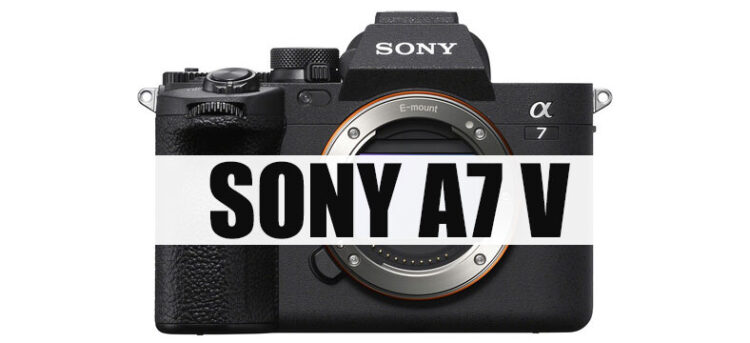
The upcoming Sony A7V camera may feature a 44-megapixel full-frame BSI CMOS sensor. Although the sensor isn’t very new it was published back in April, but the sensor specs fit the upcoming Sony A7V camera profile very well. The sensor features a 16-lane high-speed interface standard developed by Sony Semiconductors. This is approximately 2x faster than the Sony A7R 5 camera’s 61 MP sensor and the Sony a6700 camera’s 26 MP sensor, both of which are limited to 8 lanes. The recently announced 44 MP sensor doubles the speed of data transfer.

The maximum burst speed or continuous shooting speed of the sensor is up to 26 frames per second with all-pixel readout without any line skipping. The sensor is also able to record 12-bit 8K videos at up to 30 frames per second.
It all depends on Sony now. The big question is whether Sony will select the Sony A7 V model to bring these important updates to their ecosystem at a reasonable price tag, or they will wait for further updates like the Sony A7 VI camera body to introduce a 44 MP sensor and 8K video recording capability.
What will Sony bring next? So now it depends on Sony what they will do, they can even bring out the Sony A7 IV R model if they wish to. But, in general, if we look at their current lineup, without further expanding it they have two options: keep Sony’s 33 MP A74 Camera sensor and update rest of the core specification by introducing a dedicated AI chip. Since we already have the BIONZ XR image processor paired with the Sony A7 4 camera, adding a dedicated AI chip inside the Sony A7 4 camera can bring a mid-core update to the market. OR, they can put a Major update by surprising all competitors with a brand new 44MP sensor-based camera and 8K video recording capability.
Here is what a Sony A7 V camera specs would look like if they introduced a 44MP sensor inside the Sony A7 V camera body.
Sony A7 V Specification [Expectations]
44MP Full-Frame Exmor R CMOS BSI Sensor
AI-Based Real-Time Tracking AF System
Up to 26 fps Cont. Shooting with AF/AE
BIONZ XR & AI Processing Unit
4K 16-Bit Raw Output; S-Log3/S-Cinetone
8k 30fps, 4K 120p, FHD 240p 12-Bit Video
8-Stop 5-Axis Image Stabilization
Focus Breathing Compensation
AI Autoframing | User up-loadable Luts
Dual CFexpress Type A/SD Card Slots
The above is the expected set set core specs, we would like to see inside the Sony A7 V camera. We will post an update soon as we get any new information related to the upcoming cameras.
Follow us on our social pages FACEBOOK | TWITTER | INSTAGRAM, If you have time –>see more Sony Alpha Rumor
sony pdf sensor database
By admin, on December 19th, 2023

So, finally, we have the leaked images of the upcoming Nikon Z6 Mark III camera (said to be a mockup design that resembles the actual image). It should be noted that the camera is expected to arrive in April of 2024, we have already discussed the possible core specifications of the upcoming camera.
Nikon Z6 Mark III Specification
- New 24.5 MP BSI sensor
- Better ergonomics compared to the Z6
- 6K ProRes RAW video support
- Pixel-shift IBIS as of Nikon Zf
- Vari–angle LCD screen
- Higher fps than Z6II
- Nikon Z8 or similar focusing system (previously reported here)
- Mechanical & electronic shutter
- Hybrid body design between the Z6 and Z8 (bigger than the current Z6/7 but smaller than the Z8)
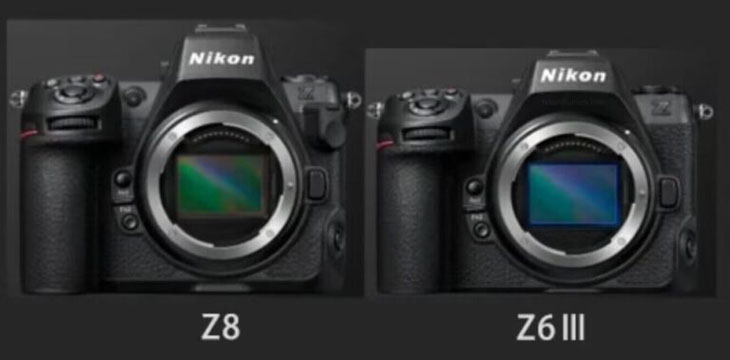
Nikon Z6 Mark III vs Nikon Z8
Not only that, it is also being compared with the Nikon Z8 camera, and you can see that there is very little difference between the designs of the two. So, we expect a major upgrade not only in the internal core specifications of the camera, but stay tuned for more updates coming soon.
source | image credit NR.com
By admin, on December 15th, 2023
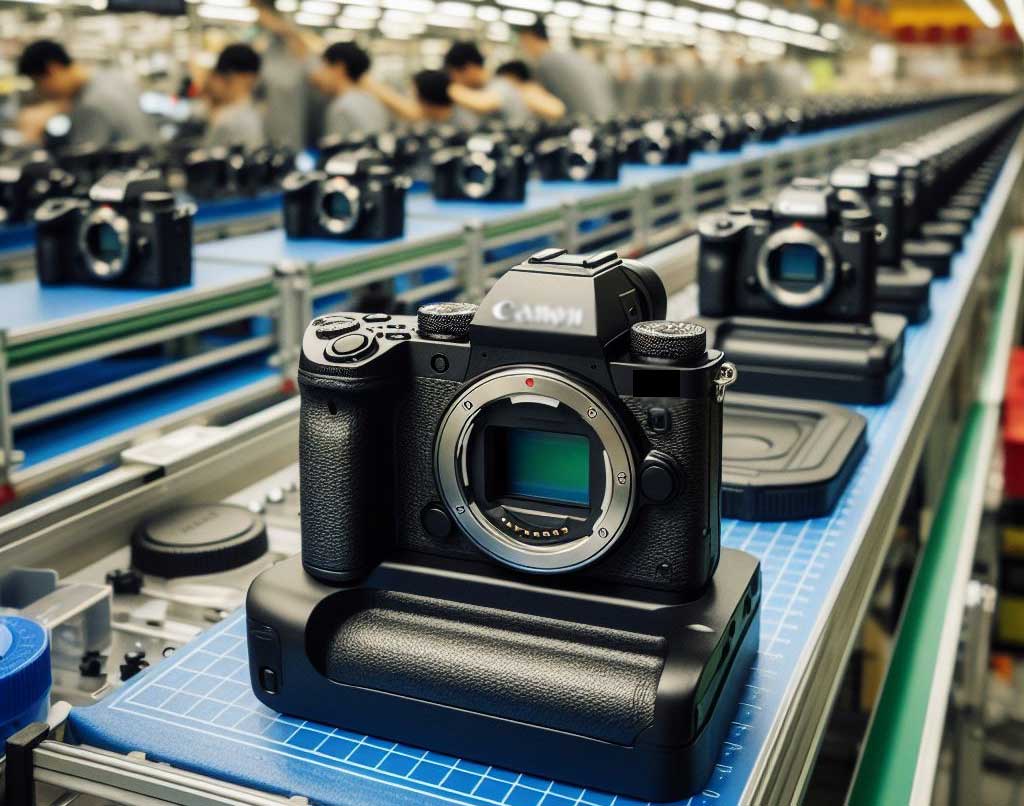 Fan made image According to one of the most credible sources the camera insider, the Canon R5 Mark II camera has now entered the manufacturing line. This indicates that the test phase of the prototype is over, and Canon is now producing as many units of the R5 Mark II camera as possible for the announcement in February 2024. Once the camera is announced, we expect its shipping will start in March 2024 (the last week of March).
Stay tuned for more information about arrive
Get LIVE RUMORS –> FACEBOOK | TWITTER | INSTAGRAM to get live news + Canon rumors 24X7
source camerainsider
By admin, on December 14th, 2023

The B&H store is giving an amazing price cut on the Sony A7 III camera, which is now available at only $1298 [check B&H Store here]. This is the lowest price for the Sony A73 camera since its announcement. It looks like the discount has been made to clear up the stock of the camera.
The camera is being cleared at a $1298 price range, which is a really big surprise. Even on Amazon.com, the renewed model of the A73 camera is available at $1399, which is way higher than the new condition model present in the B&H store.
It’s a big surprise why the B&H store is doing so, and it raises a high probability that there is a strong possibility Sony might release a new entry-level full-frame camera around the $1200 price range ?. This may affect the stocks of the A7 III camera very badly shortly, so it is a better decision to clear up the stocks of this camera as soon as possible before any entry-level model arrives.
By admin, on December 14th, 2023
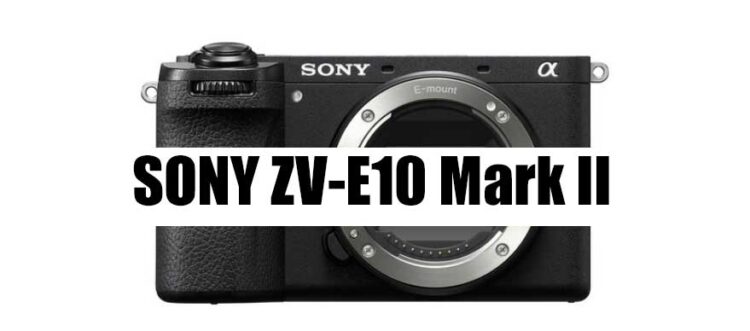
According to the latest set of rumors we have from the rumor mill, the Sony ZV-E10 Mark II camera will have the same 26-megapixel APS-C sensor that we have seen in the Sony A6700 camera. Most of the core specs of the A6700 camera will arrive in the successor of the ZV-E10, including a dedicated AI chip, and 4K recording up to 120fps. The only two things that we will miss in the Sony ZV-E10 Mark 2 are the sensor-shift image stabilization of the A6700 camera as well as the electronic viewfinder. But having this set of core specifications indicates it’s not coming in the same price range as the ZV-E10 camera for sure. It will have a higher price range as the ZV-E10 will remain in its position price-wise. So actually, there is no true successor to the Z10 camera coming right now.
- 26MP Exmor R APS-C BSI CMOS Sensor
- BIONZ XR Image Processor
- UHD 4K 120p / FHD 240p / 10-Bit 4:2:2
- Up to 11-fps Shooting, ISO 100-32000
- Real-Time Tracking AF for Stills & Video
- 759-Point Phase Detection, 93% Coverage
- S-Log3, S-Gamut3, S-Cinetone, User LUTs
- Internal Mic + Inputs, USB Streaming
- 3″ 1.03m-Dot Vari-Angle LCD Touchscreen
- Price $798 [Bodly Only] | $899 With 16-50mm Lens | $1199 Creator Kit (Wireless grip + Shotgun Mic) | $13999 with 10-20mm Lens
We will post more updates as soon as we get any.
Follow us on our social pages FACEBOOK | TWITTER | INSTAGRAM, If you have time –>see more Sony Alpha Rumor
|
KEEP THIS BLOG ALIVE - Support New Camera Buy Canon Lenses, Buy Music CD or Digital Camera at amazon it helps this site, and you do not pay anything extra, it is just a way to help support this site.

|













